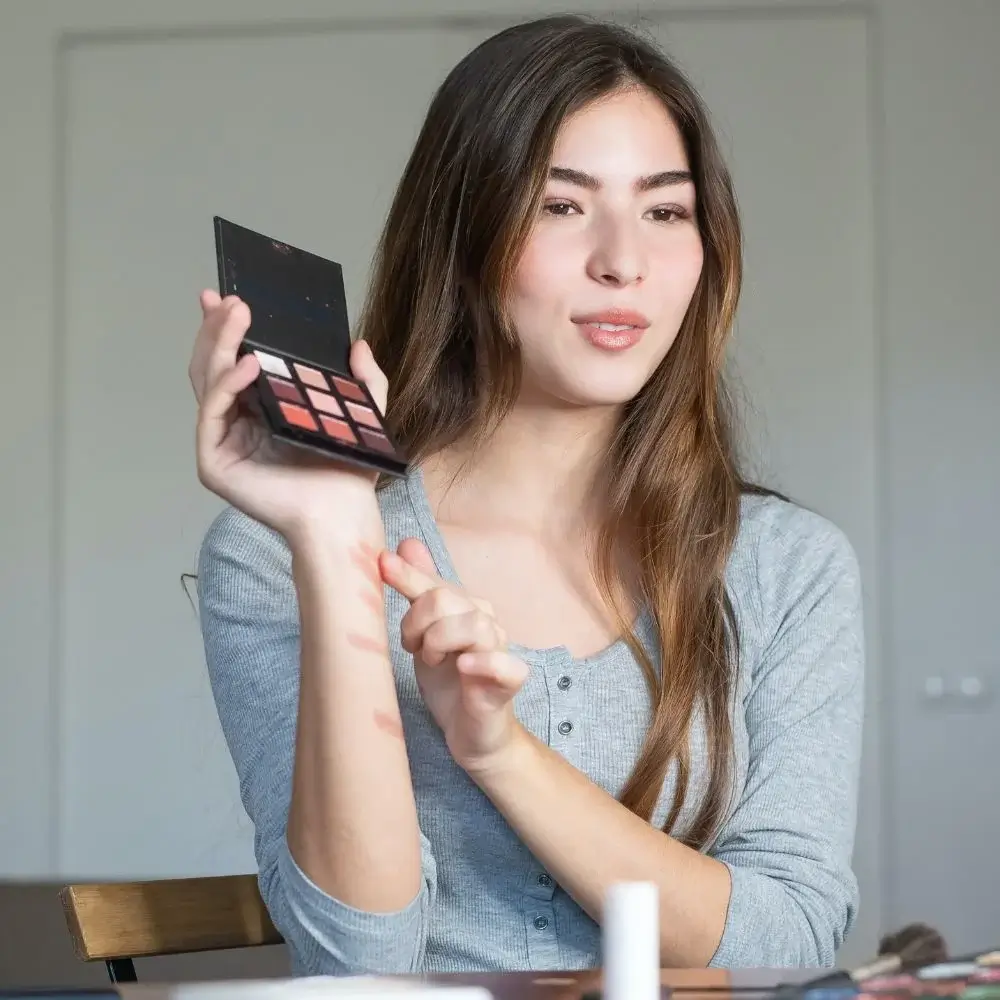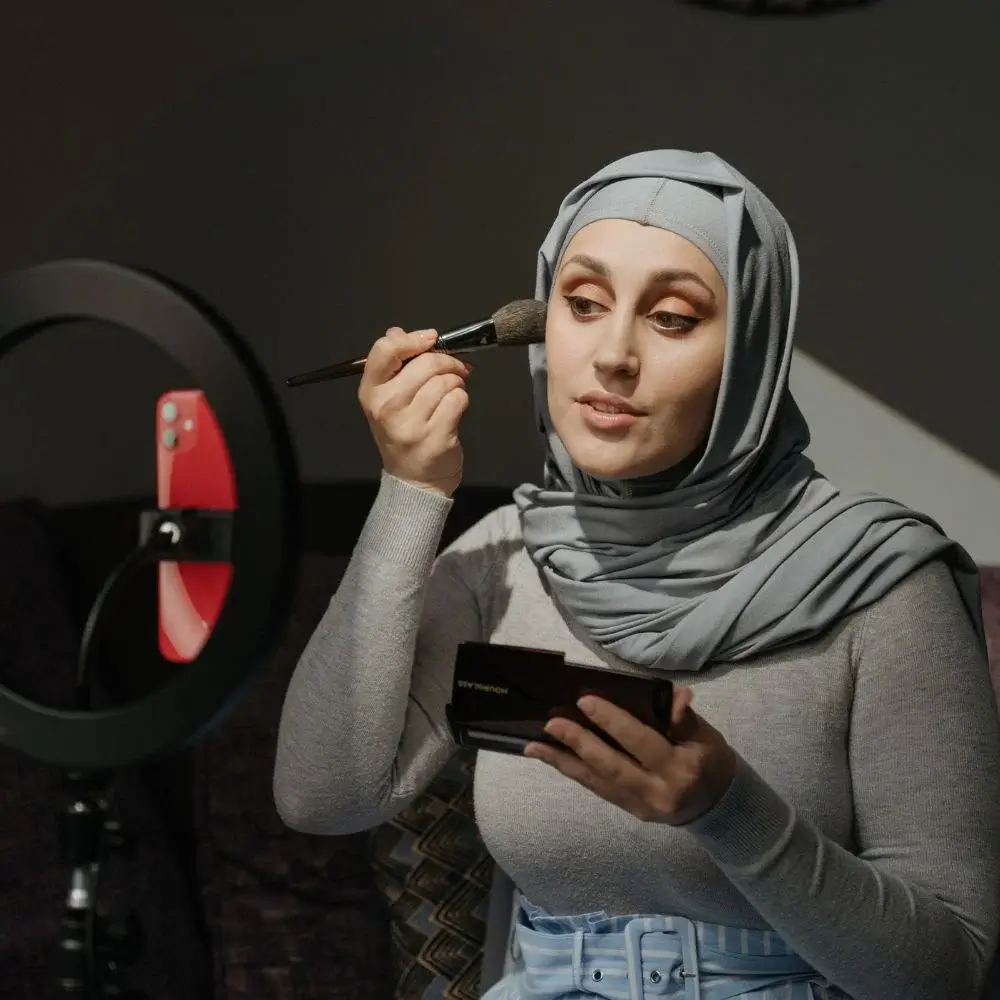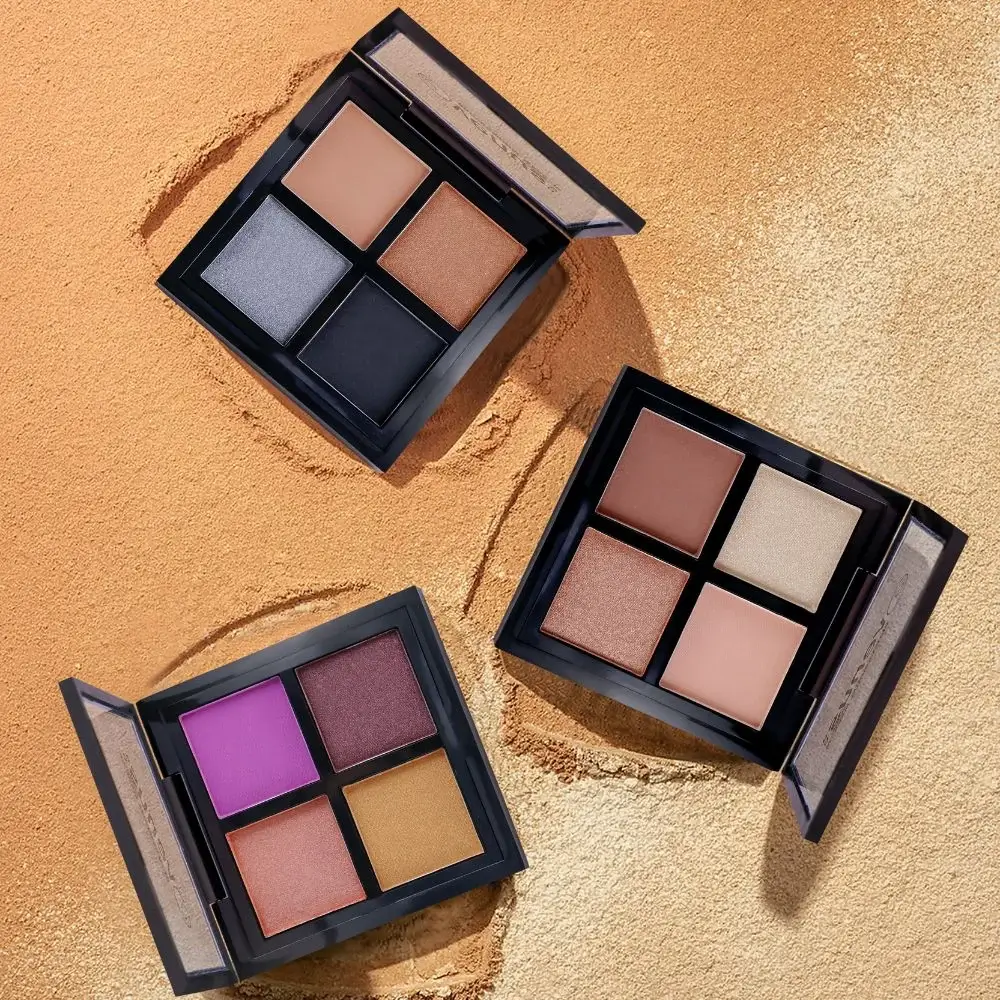Contouring has been the buzzword in the beauty industry for a few years. Everyone is chiseling their cheekbones and jawlines, from runway models to Instagram influencers. And while powders have been the most popular form of contouring products, cream contouring palettes are gaining popularity. They give a more natural finish and are easier to blend. But choosing the right cream contour palette can be tricky. With so many options in the market, it can be overwhelming to pick the one that suits your skin tone and type. This article guides you in choosing the right cream contour palette.
Determine Your Skin Tone and Type
The first thing you need to consider before choosing a cream contour palette is your skin tone and type. Not all shades and formulas work for every skin type and tone. If you have oily skin, use a matte formula that won’t make your skin look greasy. On the other hand, if you have dry skin, choose a hydrating formula that won’t emphasize any dry patches. Similarly, the shade of the contour product should complement your skin tone. If you have fair skin, go for a contour shade that is slightly cooler than your natural skin tone. For medium and deep skin tones, choose a contour shade that is slightly warmer and deeper than your natural skin tone.
Consider the Undertone
Besides your skin tone, it’s essential to consider your skin's undertone. Undertones are the subtle hues beneath the skin’s surface that determine which colors look best on you. Undertones can either be cool, warm, or neutral. If you have cool undertones, go for a contour shade with gray or blue hints. If you have warm undertones, choose a contour shade with hints of yellow or orange. If you have neutral undertones, you’re lucky because you can choose either a cool-toned or warm-toned contour shade.
Look for Versatility
When choosing a cream contour palette, look for versatility. You may not always want to use the same shade as a contour or highlight. A sound contour palette should have a range of shades that can also be used for concealing, color correcting, or even as eyeshadows. This will save you money and space in your makeup bag.
Consider the Texture
The texture of the contour product is also essential. Cream contour products come in various textures, such as sticks, pots, and palettes. Sticks are great for precise application and portability, while palettes usually have a range of shades and are more versatile. Pots offer the most productivity and are best for those who contour often. The texture you choose should depend on your preference and the occasion you use it for.
Read Reviews and Swatch
Lastly, before making a final decision, read reviews and swatch the product. This will help you understand how the product performs and its quality. Don’t solely rely on online swatches or photos since they may not always be accurate. Visit a beauty store and swatch the product on your skin before purchasing.
Choosing the right cream contour palette can make a huge difference in how your contour turns out. Consider your skin tone, undertone, versatility, texture, and reviews before making a final decision. Remember, contouring is all about enhancing your natural features; the right product can help you achieve that seamlessly.
Are you tired of endlessly searching for the best cream contour palette? We've researched for you and found the best of the best. Our team of expert beauty editors has scoured the market to bring you the cream contour palettes that truly deliver, and we're excited to share them with you! Whether you're a makeup pro or a newbie to contouring, our top picks are sure to help you achieve a flawless, sculpted look. So why wait? Click the link and find your next favorite best cream contour palette today!
What are the benefits of using a cream contour palette?
A cream contour palette offers numerous benefits for achieving a sculpted and defined look. Firstly, creams blend seamlessly into the skin, providing a natural and seamless finish. They allow for better control and precision during the application, enabling you to create a more chiseled appearance. Cream contouring products also tend to have a higher pigment concentration, allowing for buildable coverage and enhancing the longevity of the contour. Cream formulas are versatile, as they can contour, highlight, and even serve as a foundation. This multipurpose nature makes cream contour palettes an essential tool in every makeup enthusiast's collection.

What are the key features to look for in a cream contour palette?
When selecting a cream contour palette, it's essential to consider a few key features. Firstly, opt for a palette that offers a range of shades to suit different skin tones, ensuring a seamless blend. Look for cream formulas that are highly pigmented, allowing for easy application and buildable coverage. A sound contour palette should also include shades with cool and warm undertones, catering to various desired contouring effects. Besides, consider the texture and blendability of the creams, as this will determine how easily they can be applied and blended for a natural-looking finish.

What shades are typically included in a cream contour palette?
A cream contour palette typically includes a variety of shades designed to contour, highlight, and create dimension on the face. These palettes commonly feature a range of contour shades, varying from cool to warm tones, to suit different skin undertones. Cool-toned shades create the illusion of shadows, while warm-toned shades add warmth and definition. In addition to contour shades, the palette often includes highlighting shades, which are usually lighter and can illuminate high points of the face, such as the cheekbones, brow bone, and nose bridge. This combination of shades provides versatility for achieving various contouring effects.

How do I choose the right shade of cream contour for my skin tone?
Choosing the right shade of cream contour for your skin tone is crucial to achieving a natural-looking result. First, determine whether your skin undertone is warm, cool, or neutral. If you have warm undertones, opt for contour shades with warmer tones, such as taupe or light brown. Choose contour shades with cooler tones, like ash brown or grayish taupe, for cool undertones. Neutral undertones can generally pull off both warm and cool contour shades. It's recommended to swatch the shades on your jawline or cheek to ensure they blend seamlessly with your natural skin color. Feel free to seek assistance from beauty experts or consult online shade-matching guides.

How should I prep my skin before applying cream contour?
Prepping your skin properly is essential for a flawless and long-lasting cream contour application. Start by cleansing your face to remove dirt, oil, or makeup residue. Follow with a lightweight moisturizer suitable for your skin type to ensure hydration without excess oiliness. If you have dry skin, use a hydrating primer to create a smooth canvas. For oily skin, opt for a mattifying primer to control shine. Allow the moisturizer and primer to absorb fully into the skin before proceeding with the cream contour. By prepping your skin adequately, you create a smooth base that enhances the application and longevity of the contour.







